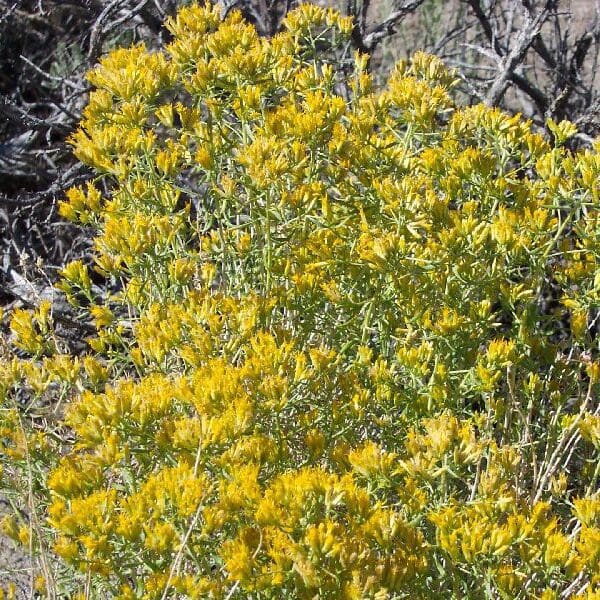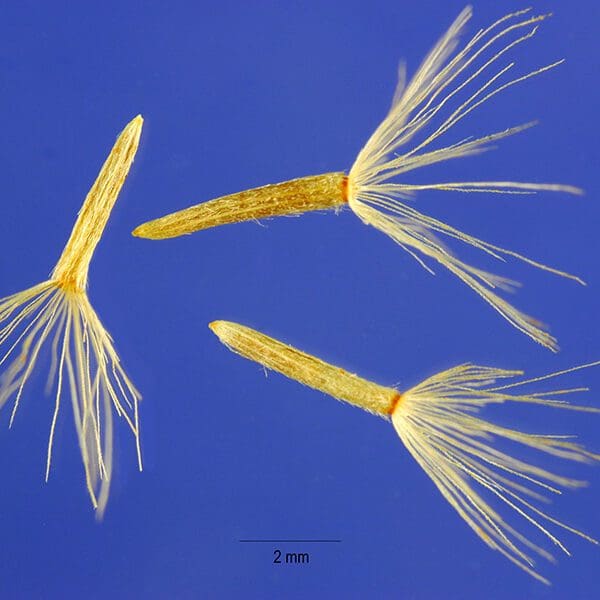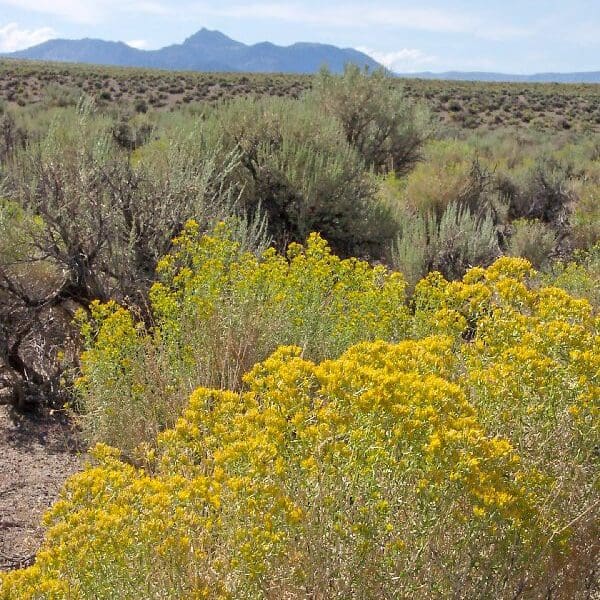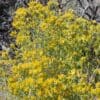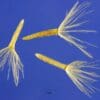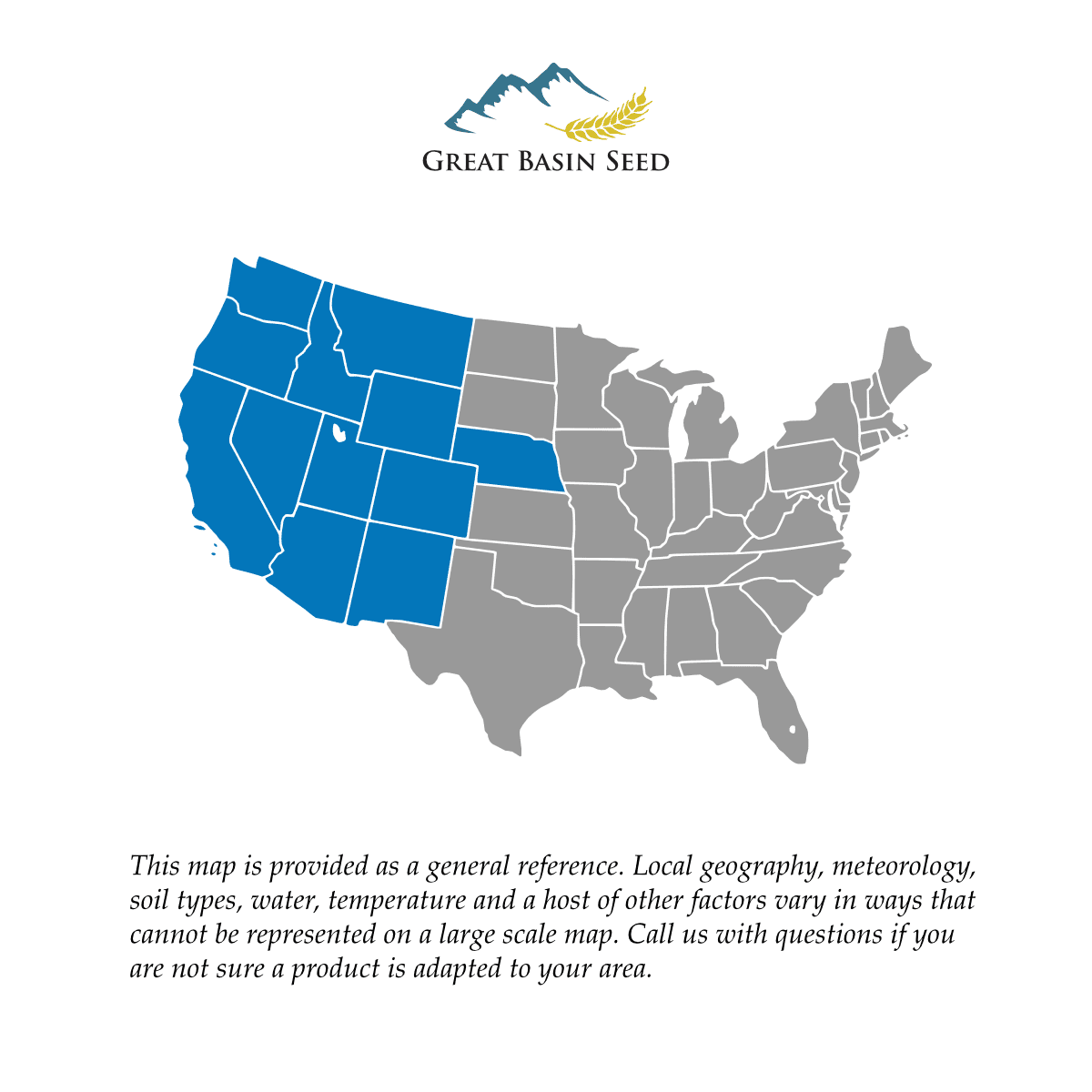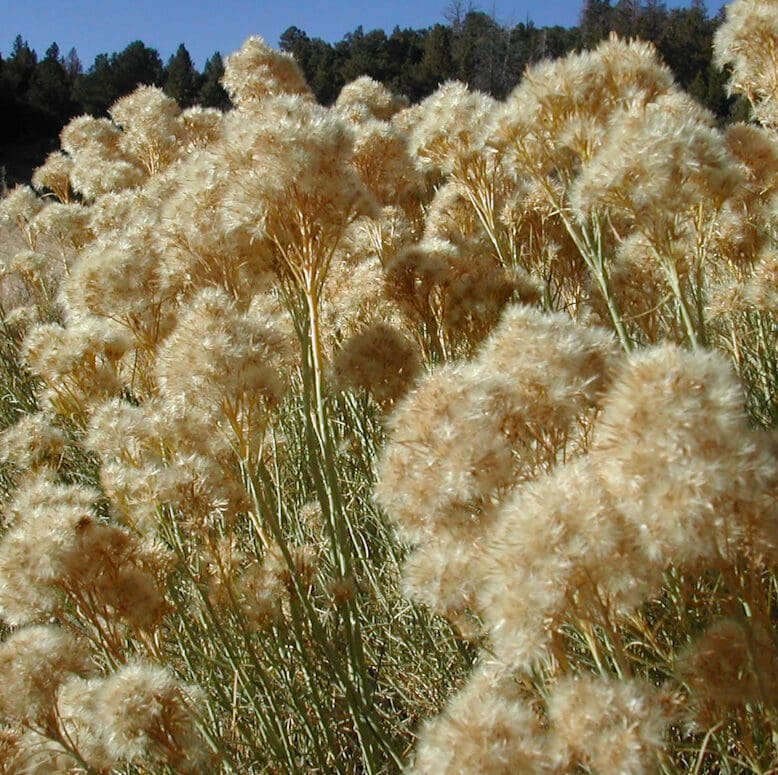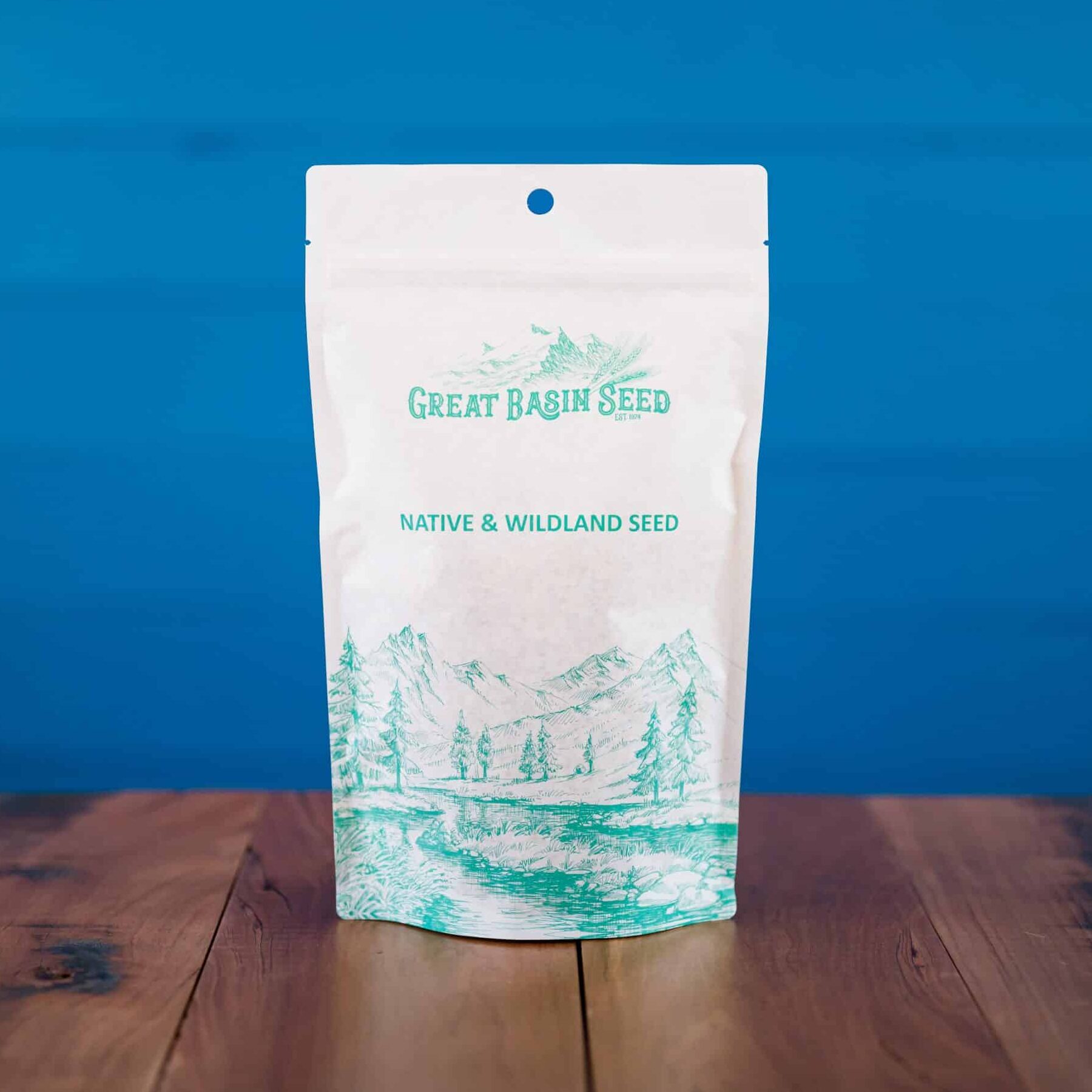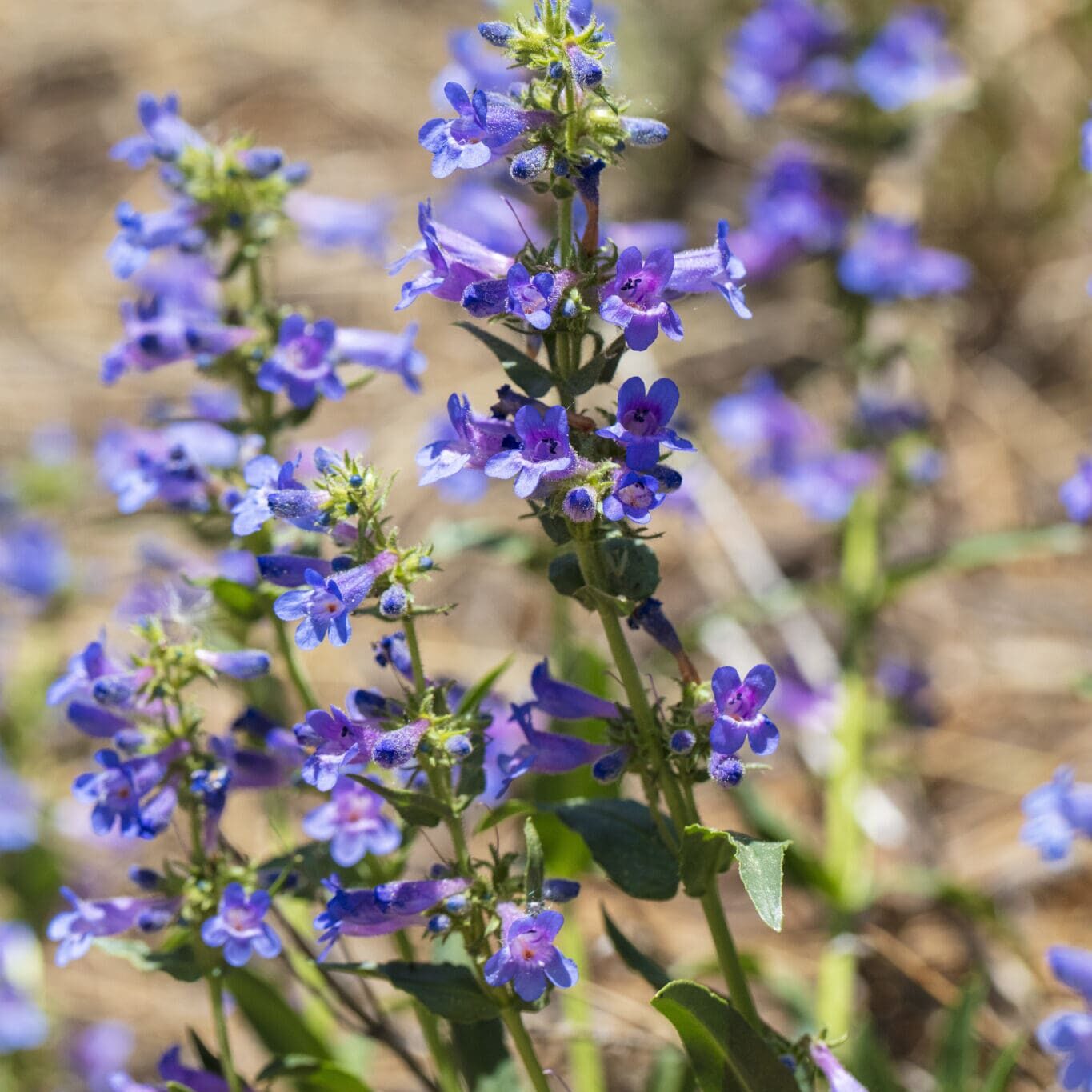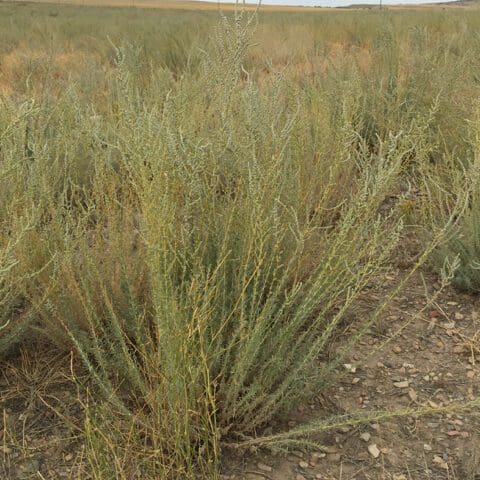Yellow Rabbitbrush
- Scientific name: Chrysothamnus viscidiflorus
- Shorter and more compact than Rubber Rabbitbrush
- Flowers from July – September
- Found in dry, open valleys, in desert to semi- desert habitats
- Well adapted to droughts and is salt tolerant
- Quickly invades disturbed, open sites
- Excellent for reclamation in burned areas & overgrazed rangelands
Out of stock
Min. to Max. Annual Precipitation
120in.
Average Max. Height
Yellow Rabbitbrush is a shrub found in dry, open valleys in the western rangelands of the desert. Commonly found in sagebrush and woodland communities. It is well adapted to droughts and is salt tolerant. Used for reclamation areas including burns, flooded areas, slides, overgrazed areas, and mine sites. It is considered desirable fall forage for cattle, sheep, horses, elk and antelope, and spring forage for deer.
Yellow Rabbitbrush (Chrysothamnus viscidiflorus), also known as ‘Douglas Rabbitbrush’, ‘Low Rabbitbrush’ and ‘Green Rabbitbrush’ is an erect shrub growing up to 3.5 feet in height. It is considerably shorter and more compact that its relative Rubber Rabbitbrush. It flowers from July to September in found clusters. Rabbitbrush is a member of the daisy family.
Yellow Rabbitbrush is found in dry, open valleys, in desert to semi- desert habitats in western rangelands and on hillsides between 3,000 and 10,000 feet. Commonly found in sagebrush and woodland communities. It is well adapted to droughts and is salt tolerant. It can be a somewhat weedy plant, increasing where there has been serious damage to the more desirable forage. It quickly and aggressively invades disturbed, open sites including burns and overgrazed rangelands.
Douglas Rabbitbrush is used as a reclamation species and establishes quickly, especially on disturbed sites including burns, flooded areas, slides, overgrazed areas and mine sites. It produces good cover for wildlife and excellent erosion control. It has little to no value as a forage species. Sheep and cattle occasionally use it for browse when other feed is not available.
Other synonyms include; Douglas Rabbitbrush, Yellow Rabbitbrush, Green Rabbitbrush, Chrisothamnus viridian, Low Rabbitbrush, Sticky-leaf Rabbitbrush, Viscid Rabbitbrush.
Yellow rabbitbrush is browsed by large game and livestock. It is considered desirable fall forage for cattle, sheep, horses, elk and antelope, and spring forage for deer. It is a valuable forage especially during late fall and early winter after more desirable forage has been utilized. Yellow rabbitbrush will spread and can become weedy under high grazing and disturbance. It provides cover and nesting habitat for sage-grouse, small birds and rodents. Yellow rabbitbrush provides late summer and fall forage for butterflies.
Yellow Rabbitbrush NRCS Plant Guide
Yellow Rabbitbrush NRCS Plant Guide
PDF version of NRCS Plant Guide & Fact Sheet
Prepared By: Derek Tilley, USDA NRCS Plant Materials Center, Aberdeen, ID
Loren St. John, USDA NRCS Plant Materials Center, Aberdeen, ID
Helpful Links
Additional information about this product can be found on the academic websites linked below.
Synonyms
Many plants have more than one common and scientific name. We've listed a few of them below.
- Yellow Rabbitbrush
- Chrysothamnus viscidiflorus
- Douglas Rabbitbrush
- Low Rabbitbrush
- Green Rabbitbrush
Who is Great Basin Seed?
Great Basin Seed is a seed company that specializes in seed sales and consultation for home, ranch, farm, range and reclamation. We have been a leader in the seed industry since 1974.
Our History
We've been in the seed business since 1974.
What We Offer
We offer seed for home, farm, ranch, range and reclamation projects.
Meet the Gang
We have the best employees in the world! We are proud of the work they do, and trust them to serve you!
Right: Company founder Lloyd and his wife Paula Stevens in a wildflower seed production field circa 1977
